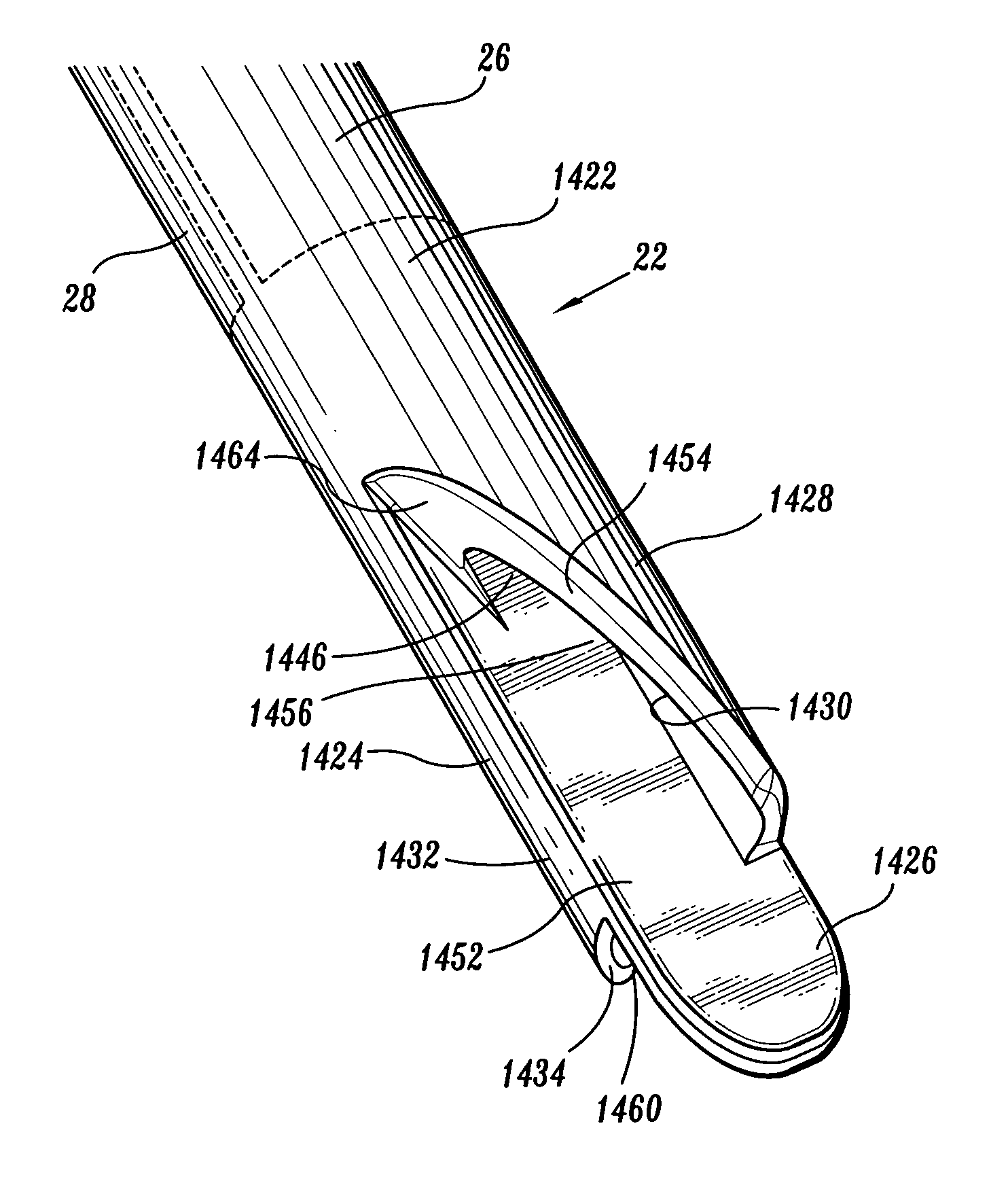Reversible lumen catheter
a lumen catheter and lumen technology, applied in the field of reversible lumen catheters, can solve the problems of difficulty in removing blood from patients, hemodialysis catheter flow occlusion, and less efficient hemodialysis procedure, and achieve the effects of convenient fluid flow, convenient manufacturing and assembly, and convenient bi-directional fluid flow
- Summary
- Abstract
- Description
- Claims
- Application Information
AI Technical Summary
Benefits of technology
Problems solved by technology
Method used
Image
Examples
Embodiment Construction
[0061]The exemplary embodiments of the catheter and methods of use disclosed are discussed in terms of medical catheters for the administration of fluids (withdrawal, introduction, etc.) with the body of a subject and more particularly, in terms of a catheter that employs a tubular body having an integral hub and a valve that facilitates bi-directional fluid flow to resolve occlusion. The catheter may also employ bi-directional fluid flow to prevent occlusion. It is envisioned that the present disclosure may be employed with a range of catheter applications including surgical, diagnostic and related treatments of diseases, body ailments, etc. of a subject. It is further envisioned that the principles relating to the catheter disclosed include employment with various catheter related procedures, such as, for example, hemodialysis, cardiac, abdominal, urinary, intestinal, etc., in chronic, acute, etc. applications. It is contemplated that the catheter can be used for administration of...
PUM
 Login to View More
Login to View More Abstract
Description
Claims
Application Information
 Login to View More
Login to View More - R&D
- Intellectual Property
- Life Sciences
- Materials
- Tech Scout
- Unparalleled Data Quality
- Higher Quality Content
- 60% Fewer Hallucinations
Browse by: Latest US Patents, China's latest patents, Technical Efficacy Thesaurus, Application Domain, Technology Topic, Popular Technical Reports.
© 2025 PatSnap. All rights reserved.Legal|Privacy policy|Modern Slavery Act Transparency Statement|Sitemap|About US| Contact US: help@patsnap.com



